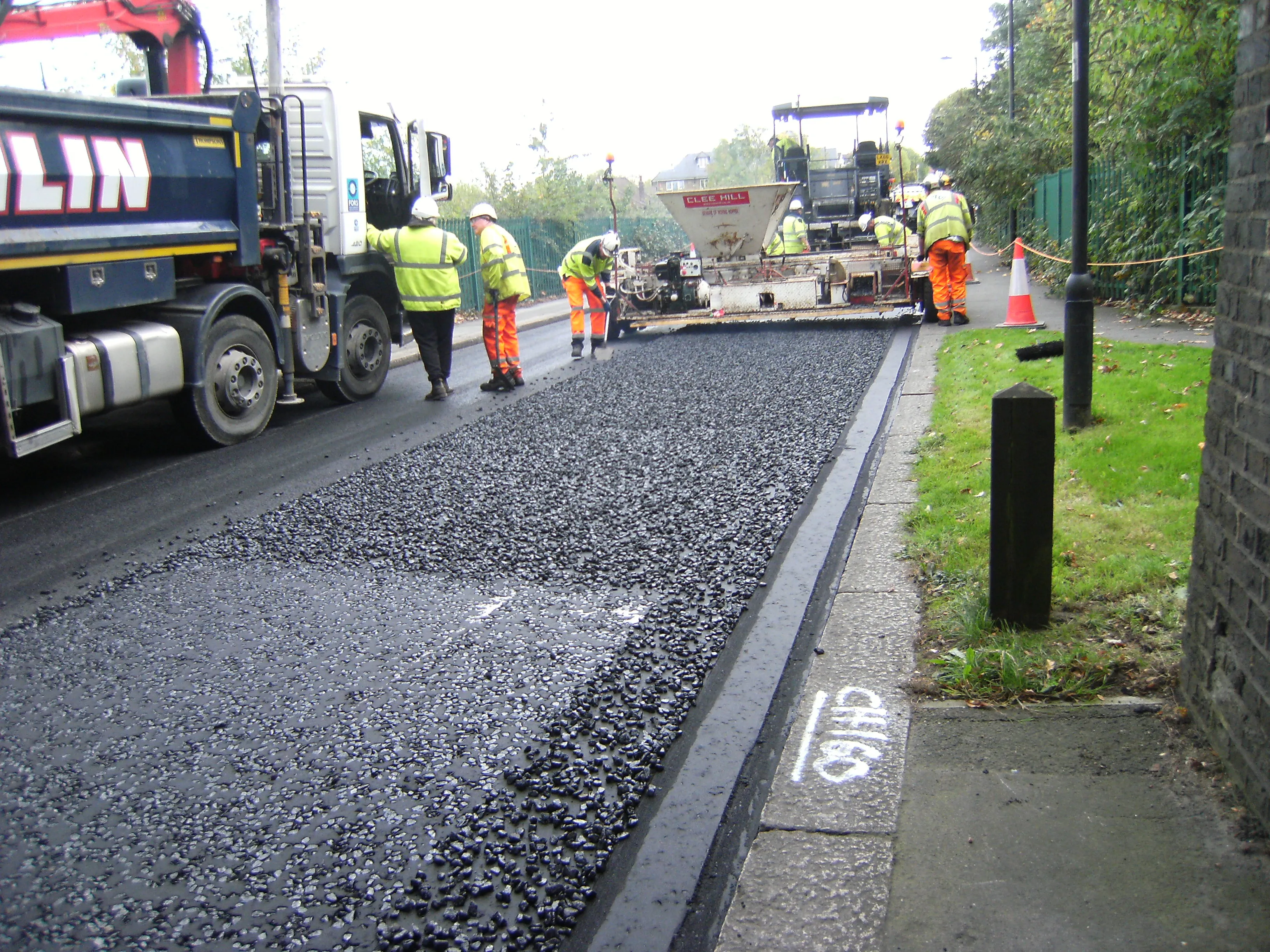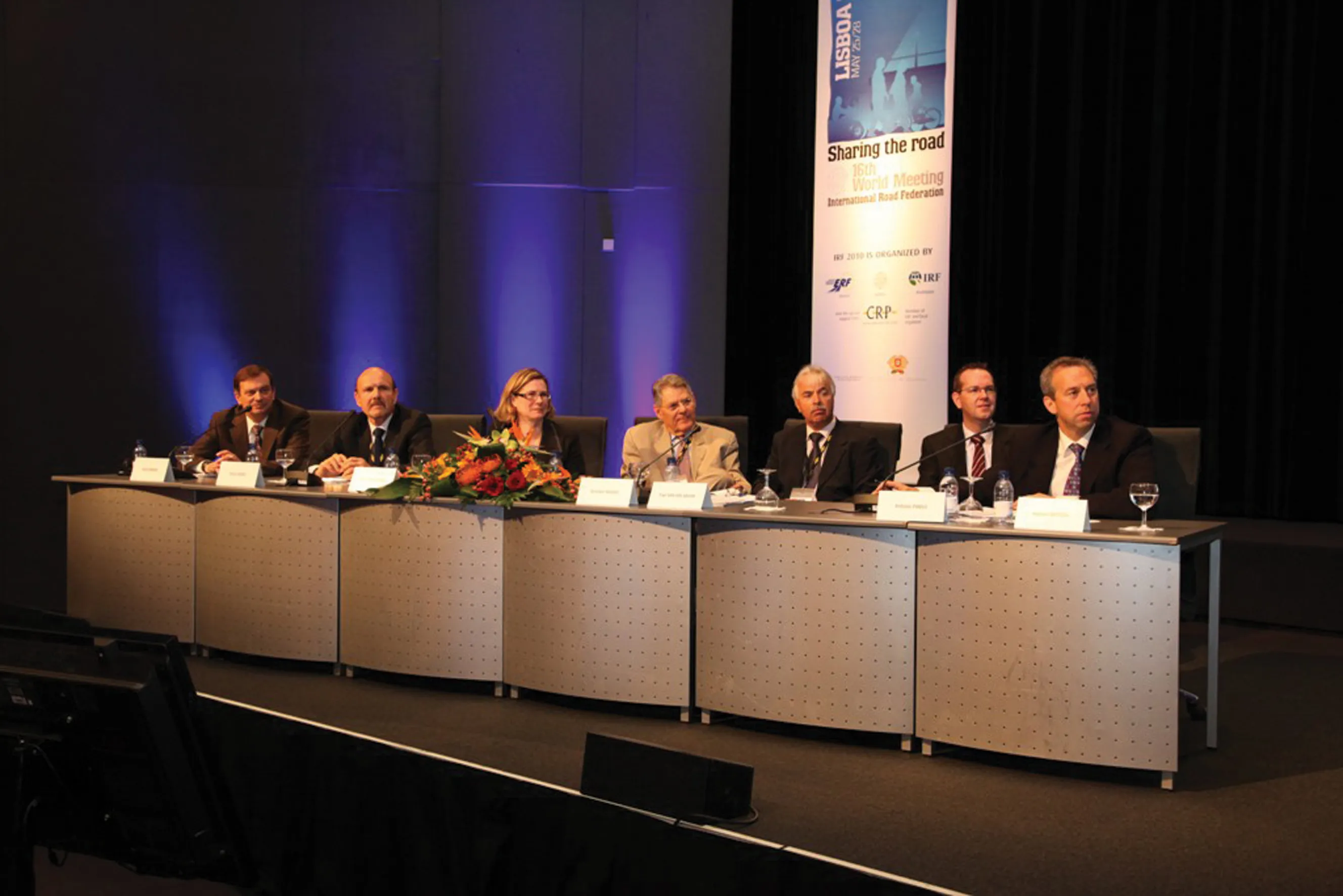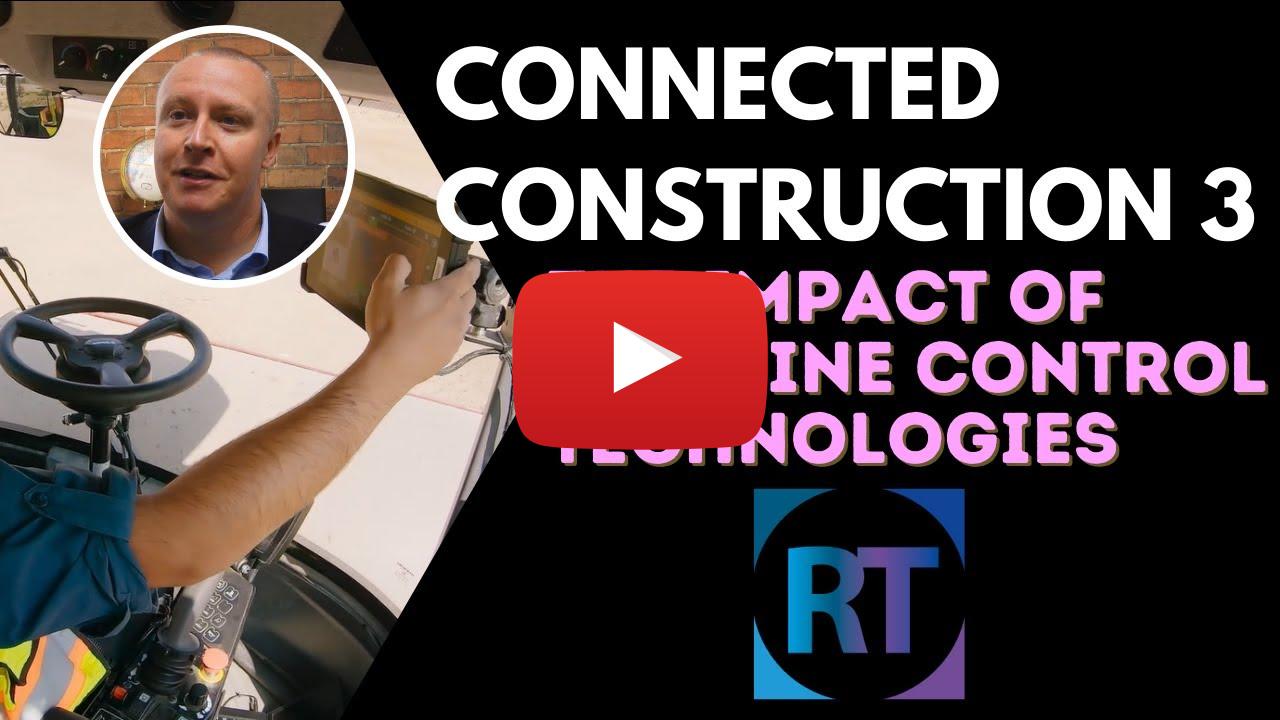This is the second topic of the World Highways Roundtable series of discussions. We asked three leading experts on machine control technology - from Leica Geosystems, Topcon and Trimble - to tell us how the COVID-19 pandemic has affected working practices on site over the past two years. How has the crisis helped to encourage the adoption of new ideas? Have things speeded up, or slowed down? Let's hear what our key opinion leaders had to say.









